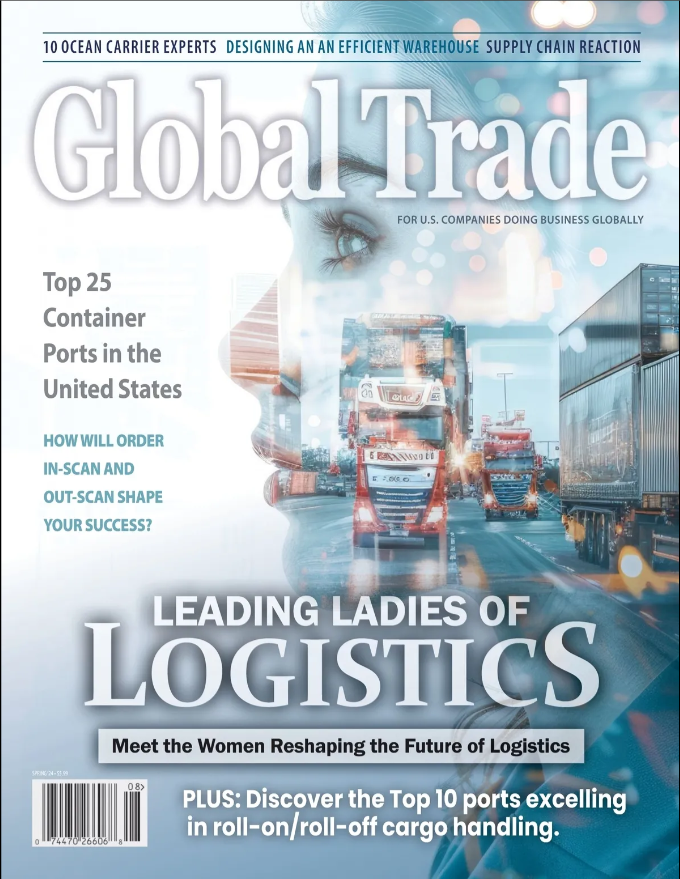21st Century Forklifts
ARE YOUR LIFT TRUCKS SMARTER THAN YOU?
We live in a country obsessed with data; however, data is just numbers unless you know how to put it to good use.
When it comes to your lift trucks, are you tapping into their 21st-century potential, or still managing them with a 1970s mindset? Are you investing in data you can’t read or understand?
Forklift OEMs [original equipment manufacturers] are in a mad dash to put data in customers’ hands via telematics, but most customers—to put it mildly—are not maximizing the use of that information. Today’s units can report where a truck is located in the facility, message if it just experienced a sudden impact, and alert if planned maintenance is due. It can even be turned off remotely.
Sadly, many users never take advantage of these capabilities. Some of the largest Fortune 500 companies are spending millions to turn on the technology in state-of-the-art trucks, but then no one is looking at the data being transmitted. This can quickly turn a great idea into a bad investment.
Companies exploring the idea of investing in the 21st-century forklift should be prepared to take advantage of the technology in tandem with their information-technology, human-resources, safety and engineering departments. To fully capture the power of the data, each of these departments must be invested in the changes needed to improve safety and productivity via the technology. IT must support an infrastructure to capture the data. HR and engineering will have to update performance standards and best practices, plus safety standards must be refreshed to handle an intelligent forklift.
Integrated support for forklift technology within your company is just part of the solution. The other factor comes when we break down the barriers between the manufacturers and the users.
Since the invention of the lift truck, our industry has developed a large blind spot for the customer by segregating information and doling it out in bits and pieces. OEMs create protected territories for smaller local customers, while national customers are handled through “national accounts.” This makes it hard to bridge the knowledge gap between developers at the OEM level and customers spread across the country. And, as that “21st-century technology” evolves, the problems multiply.
The solution—and the next big step forward for our industry—is fleet-management services that combine maintenance, data analytics and cost control. It cannot be compartmentalized; it needs to be integrated from the wheels on the warehouse floor to the boardroom. And, manufacturers need to step up to provide the product knowledge that supports those efforts.
I have seen companies large and small reduce expenses between 15-20 percent through the implementation of a fleet-management strategy. It’s the informed use of technology that is helping them drive down costs.
Data is just data, unless you control it and put it to work for you. If we can do that with our fleets, then I am excited about the 21st-century forklift’s potential to improve productivity and safety.





Leave a Reply